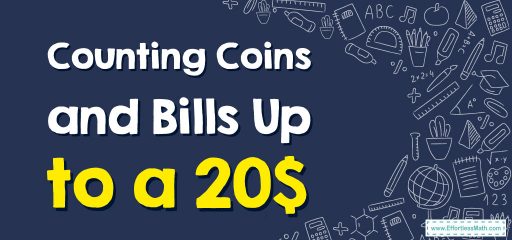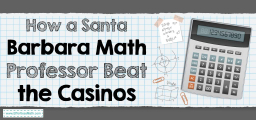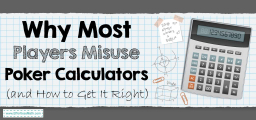How to Count Coins and Bills Up to $20
To count money, separate all your coins from the paper bills. Count all the bills. Then, count all your coins. After that, add up coins as well as the bills altogether.
A dollar is worth 100 cents, a decimal point is used for sorting out dollars from cents.

A step-by-step guide to counting coins and bills up to $20.
Counting coins and bills is an essential skill for managing money in everyday life. Here’s a step-by-step guide to counting coins and bills up to a $20 bill:
Step 1: Familiarize yourself with the values of coins and bills:
Know the values of the different coins and bills in your currency. For U.S. currency, the common coins and bills are:
Penny (1 cent)
Nickel (5 cents)
Dime (10 cents)
Quarter (25 cents)
$1 bill
$5 bill
$10 bill
$20 bill
The Absolute Best Book for 4th Grade Students
Step 2: Organize the coins and bills:
Before you start counting, it’s helpful to organize the coins and bills from the largest to the smallest denomination. This makes counting easier and more systematic.
Step 3: Start counting bills:
Begin counting with the largest denomination bill first. For example, if you have two $20 bills, two $10 bills, and one $5 bill, start by counting: $20 + $20 = $40. Then add the $10 bills: $40 + $10 + $10 = $60. Finally, add the $5 bill: $60 + $5 = $65.
Step 4: Count the coins:
Start with the largest denomination coin and work your way down. For example, if you have three quarters, four dimes, two nickels, and six pennies, count the coins as follows:
Quarters: 3 x 25 cents = 75 cents
Dimes: 4 x 10 cents = 40 cents
Nickels: 2 x 5 cents = 10 cents
Pennies: 6 x 1 cent = 6 cents
Step 5: Add up the total value of the coins:
Combine the value of all the coins counted. In this example, you’d add: 75 cents + 40 cents + 10 cents + 6 cents = 131 cents, or $1.31.
A Perfect Book for Grade 4 Math Word Problems!
Step 6: Combine the value of bills and coins:
Add the total value of the bills and the total value of the coins. In this example, you would add $65 (bills) + $1.31 (coins) = $66.31.
Step 7: Double-check your count:
To ensure accuracy, double-check your counting by recounting the bills and coins.
By following these steps, you can confidently count coins and bills up to a $20 bill. The same method can be applied to other currencies by adjusting the denominations of coins and bills accordingly.
Example:
How much money do you have?

Solution: First, count the five-dollar bills. It is $5.00. Then, count the one-dollar bills, $6.00, $7.00, $8.00,$9.00. Then, count the quarters by counting up by twenty-five. It is $9.25, $9.50. Then count the pennies by counting up by ones. It is $9.51.
The Best Math Books for Elementary Students
Related to This Article
More math articles
- 10 Most Common TExES Core Math Questions
- DAT Quantitative Reasoning Formulas
- The Ultimate 7th Grade STAAR Math Course (+FREE Worksheets)
- How to Identify the Change, Price, or Amount Paid
- The Ultimate PSAT 8/9 Math Formula Cheat Sheet
- Top 10 Tips to Create an ACCUPLACER Math Study Plan
- How to Use Area Models to Divide Two-Digit Numbers By One-digit Numbers
- How to Find Vector Components?
- 4th Grade PARCC Math Worksheets: FREE & Printable
- How to Compare Fractions and Decimals



















What people say about "How to Count Coins and Bills Up to $20 - Effortless Math: We Help Students Learn to LOVE Mathematics"?
No one replied yet.